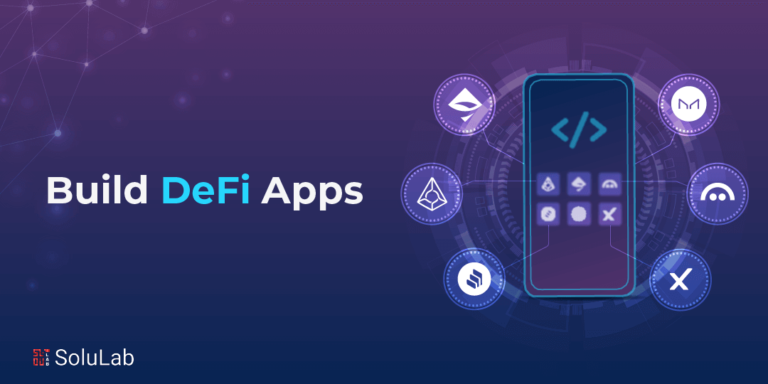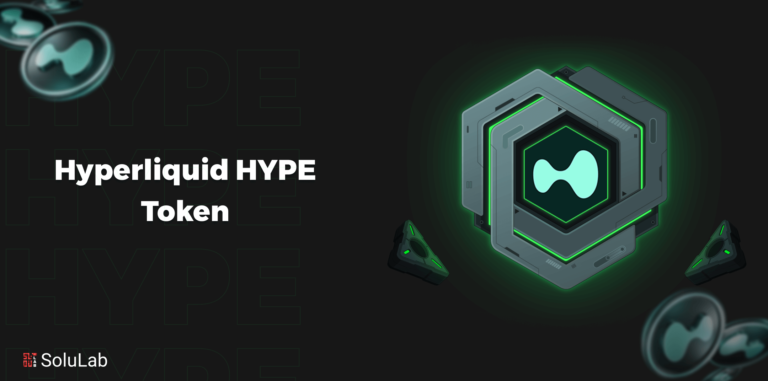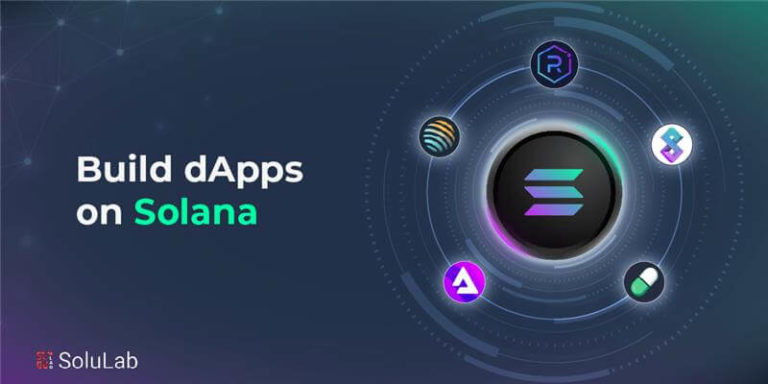Decentralized Finance (DeFi) has emerged as a true game-changer, transcending borders and empowering individuals with unprecedented financial freedom. As we step into the year 2025, the DeFi space has witnessed an astonishing surge in innovation, with a myriad of protocols vying for supremacy.
Over the past two years, the top DeFi protocols have experienced exponential growth, with the total value locked in DeFi assets surpassing the impressive milestone of $176.33 billion in 2021. This remarkable achievement has made the year exceptionally promising for DeFi companies. Notably, numerous projects have secured funding amounting to hundreds of millions of dollars, leading to the industry’s cumulative locked assets reaching a mammoth figure of over $56 billion.
From decentralized lending and borrowing platforms that bypass the need for traditional banks to decentralized finance exchanges that put users in full control of their assets, the world of DeFi is a bustling ecosystem of innovation. Are you ready to delve into the top DeFi protocols of 2025? Let’s discover how these projects are reshaping the way we manage our finances and revolutionizing the future of money.
What is DeFi?
DeFi, short for Decentralized Finance, refers to a fast-growing ecosystem of financial applications and services built on decentralized blockchain networks, most notably Ethereum. The fundamental idea behind DeFi is to recreate traditional financial systems and instruments without the need for intermediaries like banks, brokers, or other centralized institutions. Instead, it leverages smart contracts, which are self-executing contracts with the terms of the agreement directly written into code, to automate and enforce financial agreements.
The core principles that underpin DeFi development include decentralization, transparency, accessibility, and open-source collaboration. By eliminating intermediaries and operating on blockchain networks, DeFi aims to make financial services more accessible to anyone with an internet connection, irrespective of their location or socioeconomic status.
Users retain full control and ownership of their assets throughout the entire process, as there are no centralized entities managing their funds. Some of the most popular DeFi applications and protocols include decentralized exchanges (DEXes), which enable users to trade cryptocurrencies directly without the need for a centralized exchange, decentralized lending and borrowing platforms, stablecoins, yield farming, liquidity provision, and more.
The DeFi space has witnessed explosive growth, attracting a significant amount of capital and attention from both individual investors and institutional players. However, it is important to note that DeFi is still a relatively young and rapidly evolving sector, which comes with inherent risks and complexities. As the DeFi ecosystem continues to mature, it is likely to bring about transformative changes in the world of finance, potentially reshaping the way we interact with money and financial services.
What are DeFi Protocols and How Do They Even Work?
DeFi Protocols, short for Decentralized Finance Protocols, is a set of software applications and smart contracts built on blockchain networks, most notably Ethereum. These most popular DeFi protocols aim to provide decentralized financial services and applications without the need for traditional intermediaries like banks, financial institutions, or centralized authorities.
At their core, DeFi protocols are programmable, open-source, and transparent, allowing users to interact with financial services and assets directly on the blockchain. They enable various financial activities such as lending, borrowing, trading, asset management, yield farming, and more, all within a trustless and decentralized environment.
1. Smart Contracts: Decentralized finance protocols utilize smart contracts, self-executing pieces of code, to define the rules and conditions of various financial transactions and agreements. These smart contracts automate processes and ensure transparency and security without requiring a central authority.
2. Decentralized Governance: Many DeFi protocols have decentralized governance mechanisms, allowing token holders to participate in decision-making processes, such as proposing and voting on protocol upgrades or changes.
3. Liquidity Pools: In DeFi protocols like Uniswap and Curve Finance, liquidity is provided by users who deposit their assets into liquidity pools, which enable the trading of assets without the need for centralized order books.
4. Yield Farming: Some DeFi protocols offer incentives in the form of governance tokens or other rewards to users who provide liquidity or use their platform. This process, known as yield farming, encourages participation and liquidity provision within the ecosystem.
5. Interoperability: Decentralized finance protocols often work together through composability, meaning they can interact with each other’s smart contracts, creating complex financial systems with a wide range of functionalities.
Here are the Top DeFi Protocols in 2025

1. Uniswap
Uniswap continues to maintain its position as one of the best DeFi protocols within the cryptocurrency space, fundamentally reshaping the landscape of trading. Pioneering the use of automated market maker (AMM) technology, Uniswap facilitates direct asset exchanges from users' wallets via liquidity pools. Its appeal lies in its abundant liquidity, transparent operations, and low transaction costs, drawing in a vast user base.
Looking ahead to 2025, Uniswap aims to further enrich its platform with enhanced user experiences, while also addressing scalability challenges to accommodate the surging demand. Additionally, it endeavors to broaden its array of services and features to meet the evolving needs of the decentralized finance ecosystem.

2. Aave
Aave has solidified its position as the leading decentralized lending and borrowing protocol. By allowing users to lend their assets and earn interest or borrow assets by providing collateral, Aave has democratized access to credit and interest-earning opportunities. Its innovative "flash loans" have enabled instant, uncollateralized borrowing and sparked a new wave of DeFi applications. In 2025, Aave is expected to expand its offerings with support for new assets, introduce new features for risk management, and strengthen its security protocols to protect user funds.
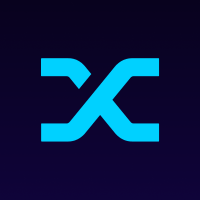
3. Synthetix
Synthetix stands at the forefront of the DeFi revolution, enabling the creation and trading of synthetic assets that represent real-world assets like stocks, commodities, and fiat currencies. These synthetic assets, or "synths," allow users to gain exposure to various markets without holding the actual underlying assets. As demand for diversified investment opportunities rises, Synthetix is anticipated to roll out new assets, improve oracle mechanisms, and enhance its governance to meet the evolving needs of the DeFi community.
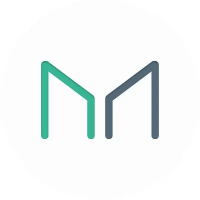
4. MakerDAO
MakerDAO, the creator of the first decentralized stablecoin DAI, has significantly contributed to the stability and liquidity of the DeFi ecosystem. It is one of the biggest players in this industry. DAI pegged to the US Dollar, has become a staple in DeFi and is utilized as collateral for various lending and borrowing activities. As the demand for stablecoins continues to soar, MakerDAO is likely to explore new collateral options, optimize its governance model, and expand its partnerships with other DeFi protocols to enhance its utility and reach.

5. Yearn Finance
Yearn Finance has redefined yield farming by automating the process of yield optimization. With its intuitive platform, users can deposit their assets, which are then moved across various DeFi protocols to maximize returns. As yield farming becomes more accessible and user-friendly, Yearn Finance is expected to unveil new strategies, offer integration with additional DeFi protocols, and implement governance improvements to enhance its value proposition.
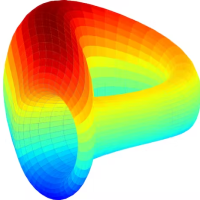
6. Curve Finance
Curve Finance is a specialized decentralized exchange tailored for stablecoin trading. Its algorithm ensures low slippage and high liquidity for stablecoin pairs, attracting traders looking for stable asset swaps. As the demand for stablecoin trading rises, Curve Finance is anticipated to increase its liquidity provision strategies, launch new stablecoin pairs, and optimize its user experience to maintain its leading position.

7. SushiSwap
SushiSwap, an automated market maker (AMM) DEX, has gained significant traction due to its community-driven approach and innovative product offerings. As an evolution of the original Uniswap protocol, SushiSwap has introduced additional features, such as revenue-sharing for liquidity providers and unique tokenomics. In 2025, SushiSwap is poised to introduce new features, strengthen its governance, and enhance its liquidity incentives to remain a key player in the competitive DEX landscape.
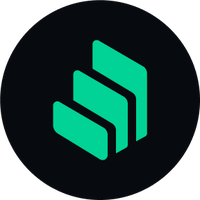
8. Compound
Compound has emerged as a prominent decentralized lending and borrowing platform, allowing users to lend or borrow a variety of cryptocurrencies. Its straightforward and efficient user experience has attracted a massive user base. In 2025, Compound is likely to expand its asset offerings, refine its interest rate models, and introduce new governance features to maintain its position as a leading DeFi lending protocol.

9. PancakeSwap
Operating on the Binance Smart Chain, PancakeSwap has brought DeFi to a broader audience with its lower fees and faster transactions. Its familiar interface and diverse trading pairs make it a favorite among traders seeking a seamless experience outside the Ethereum network. PancakeSwap introduces its unique token called CAKE. Unlike being solely a governance token, CAKE serves as a liquidity provision token, effectively motivating liquidity providers to engage with the PancakeSwap platform. To begin using PancakeSwap, all you require is to link your non-custodial wallet containing the tokens you wish to trade.

10. Balancer
Balancer's innovative platform allows users to create personalized liquidity pools and introduces a unique concept of "smart" pools. These smart pools automatically rebalance their asset allocations to maintain desired weightings, optimizing returns and minimizing the need for constant manual adjustments. This dynamic feature provides a hands-off approach for liquidity providers while ensuring efficient trading opportunities for users.
As one of the top DeFi protocols, Balancer aims to continue its trajectory of innovation and advancement. With its focus on user-centric solutions and automated features, Balancer strives to solidify its position as a cornerstone of the decentralized finance ecosystem. By further refining its platform functionalities and expanding its range of services, Balancer seeks to meet the diverse needs of its growing community of users.
Conclusion
As the DeFi space continues to grow and evolve, it is essential to keep an eye on the developments of emerging protocols that might disrupt the industry further. However, the fundamental principles of decentralization, transparency, and open access that underpin these top DeFi protocols are likely to remain the driving forces behind the ongoing transformation of the global financial ecosystem.
In the years to come, we can expect the best DeFi protocols to continue expanding and integrating with traditional finance, bridging the gap between the two worlds and fostering greater financial inclusivity for all. The potential for innovation in DeFi seems boundless, and the future holds exciting possibilities as developers and entrepreneurs push the boundaries of what is achievable in the realm of decentralized finance.
However, leveraging the power of a top DeFi protocol will require the help of a technical expert who can partner with you. SoluLab stands as a top DeFi development company, adeptly addressing diverse business needs with utmost precision to ensure complete client satisfaction. Our highly efficient team excels in effortlessly tackling even the most challenging tasks.
Experience seamless innovation and unmatched expertise of DeFi with SoluLab. Contact us now to transform your DeFi vision into reality!

FAQs
1. What are DeFi protocols?
DeFi protocols, short for decentralized finance protocols, are blockchain-based platforms that enable various financial services, such as lending, borrowing, trading, and asset management, without the need for intermediaries like banks or traditional financial institutions. These protocols operate autonomously through smart contracts, offering users greater control over their assets and transactions.
2. What makes a DeFi protocol stand out?
A standout DeFi protocol often offers innovative features, such as automated market makers, yield farming mechanisms, and unique governance models. Additionally, factors like high liquidity, low fees, robust security measures, and user-friendly interfaces contribute to the appeal and success of a DeFi protocol.
3. Which DeFi protocols are expected to thrive in 2025?
While the DeFi space is dynamic and subject to change, several protocols are anticipated to maintain or enhance their prominence in 2025. Notable contenders may include Uniswap, Aave, Synthetix, MakerDAO, Compound, and SushiSwap, among others. These protocols have demonstrated resilience, innovation, and widespread adoption within the DeFi community.
4. How does SoluLab contribute to the DeFi ecosystem?
SoluLab, as a leading DeFi development company, offers tailored solutions and expertise to empower projects within the DeFi ecosystem. From smart contract development and auditing to decentralized application (dApp) development and protocol optimization, SoluLab provides comprehensive support to DeFi initiatives, helping them achieve scalability, security, and user adoption.
5. What factors should investors consider before participating in DeFi protocols?
Investors interested in DeFi protocols should conduct thorough research and consider various factors before participating. These include understanding the protocol’s technology, assessing its security measures and audits, evaluating the team’s expertise and track record, analyzing the tokenomics and governance structure, and staying informed about regulatory developments and risks associated with the DeFi space.


